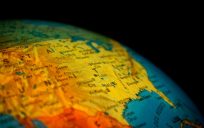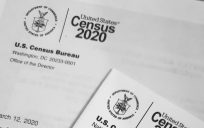Over the years, I’ve had the honor of either directly running or managing the people running EPA websites responding to various crises:
- 9/11 (that happened one month after I joined public affairs)
- Columbia Shuttle Accident
- Hurricane Katrina
- BP Oil Spill
- Radiation coming to the U.S. from the release of material from Japanese nuclear reactors following their massive earthquake
Over time, I’ve built up a pretty solid understanding of what people look for on a response website, how to lay things out to help them find it, and how to use social media. But that understanding is constantly evolving to include new tools.
I’ve just put together a presentation covering where things stand at EPA.
I wish I could embed it from Slideshare.net, but they only seem to offer an <iframe> mechanism now, and that doesn’t work here on GovLoop.
If you’d like to read more, including great comments from others, check out the following blog posts that I wrote during the Japan response:




Really excellent stuff, Jeffrey. The presentation was top notch and reminded me of many back-office discussions when I was leading Business Transformation in the Defense Department. We spent a LOT of tIme on this and every minute proved valuable.
“Leverage” is a word I used often. Your hourglass model coupled with multiple channels, and a write once / repackage / publish often system gives you tremendous leverage. A small team can effectively communicate with a large number of people. This stuff literally changes the game. The value is exponential. I wish it were more universally understood.
Great post!
Thanks, David! I just went back through it and rearranged a few things to make them clearer. I also added the graphic from my original blog post. Note that we’re far from perfect in using the hourglass at EPA, but at least I have the concept now for what to shoot for.
I second Dave’s thoughts, Jeffrey. Excellent post – thanks for lifting as you climb!